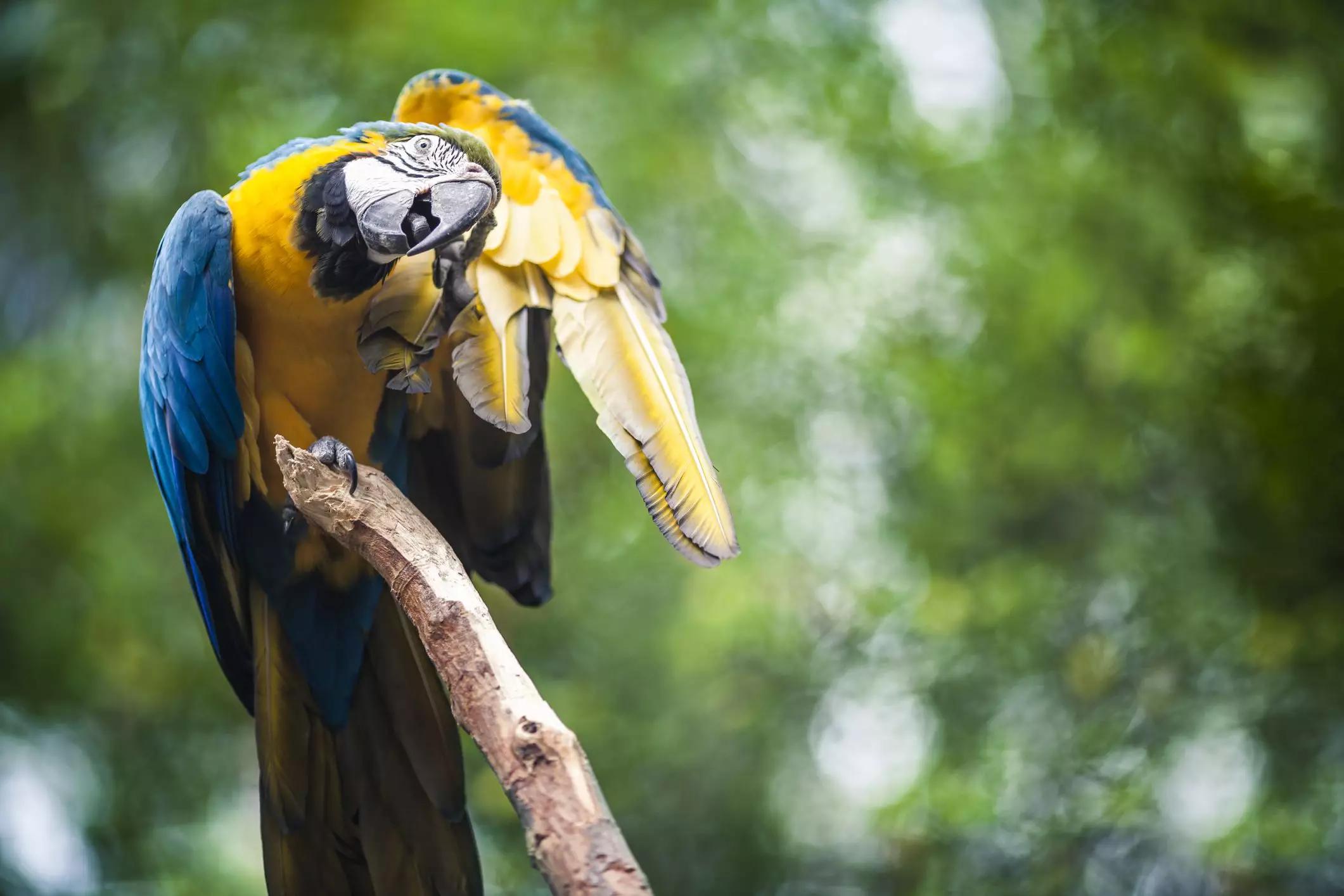When it comes to the well-being of our feathered friends, one often overlooked concern is the potential for external parasites. While spotting small bugs on your bird may trigger a panic, it’s crucial to understand what you’re dealing with. The presence of tiny insects doesn’t necessarily mean your parrot has lice; it could also indicate an infestation of mites or other external parasites. This article delves into recognizing, addressing, and preventing these issues to ensure the health of your avian companion.
Recognizing the Signs of Infestation
Bird lice are typically small, brownish insects that may go unnoticed at first, with their movements hidden among feathers. Often, it’s the behavioral signs—such as excessive scratching or preening—that alert owners to a potential problem. Unlike other pests, lice infestations are not immediately obvious, making it important for bird owners to maintain a vigilant eye on their pets. If you observe your bird displaying unusual grooming behaviors or if you spot insects, it is vital to consult an avian veterinarian promptly. They can provide a definitive diagnosis and suggest a suitable treatment plan.
In multi-bird households, the urgency increases. Quick identification and treatment of any parasite presence are necessary to mitigate the risk of spreading the infestation to other birds. Quarantining the affected bird in a separate space away from others is a prudent first step to prevent further contamination.
One of the frequent concerns with parasitic infestations is the potential for transmission to humans. Fortunately, bird lice are specific to avian species and do not infest humans. Nonetheless, they can carry diseases that may pose risks to their human caregivers. Therefore, while the direct spread of lice to people is ruled out, it’s important to exercise caution. Minimizing close contact with an infested bird can help prevent any potential illness, and consulting a physician if any symptoms arise is advisable. Your health is just as important as your bird’s.
Immediate Actions After Diagnosis
Once you’ve confirmed an infestation, your work is only beginning. Consulting a veterinarian will yield a delousing treatment, yet this alone will not suffice. It’s essential to tackle the environment your bird inhabits to eliminate potential re-infestations. Begin by thoroughly cleaning the birdcage: scrub all surfaces, including the corners and any hidden nooks where tiny parasites may lurk. Disinfecting the cage helps eradicate any remaining pests.
Additionally, hiring a professional pest control service may be beneficial. Their expertise can ensure any lingering lice or mites in the household are effectively removed. However, it’s critical to keep your bird away from the premises during the treatment. Many pest control agents can be hazardous to birds, and ensuring their safety should be your top priority.
The Hidden Costs of Treatment
Caring for a pet is inherently an investment, and dealing with an infestation poses a unique financial challenge. From vet visits to pest control treatments, the cumulative costs can certainly add up. While budget concerns are valid, it’s paramount to avoid cutting corners with DIY pesticide solutions or over-the-counter products. Many of these can be harmful—or even fatal—to birds.
Opting for professional advice and treatment will ultimately save you from prolonged suffering for your bird and the headache of recurrent infestations. Your veterinarian is the best ally in this situation. They know your bird’s health history and can guide you in choosing safe and effective treatment options.
After surviving a lice infestation, looking forward rather than just reacting to problems is vital in bird care. Regular veterinary check-ups can catch signs of parasites before they become large-scale issues. You should also implement good hygiene practices, such as routinely cleaning your bird’s living space and providing a safe, healthy environment.
Perhaps even more crucial is familiarizing yourself with your bird’s behavior. A bird’s subtle changes in behavior can signal underlying health issues that may lead to, or be caused by, infestations. Remember, proactive attention is much easier—and less expensive—than waiting until an infestation exacerbates.
While tiny pests are a significant concern for bird owners, understanding the signs, taking appropriate action, and ensuring a safe environment can lead to a happy and healthy life for your avian companions.

